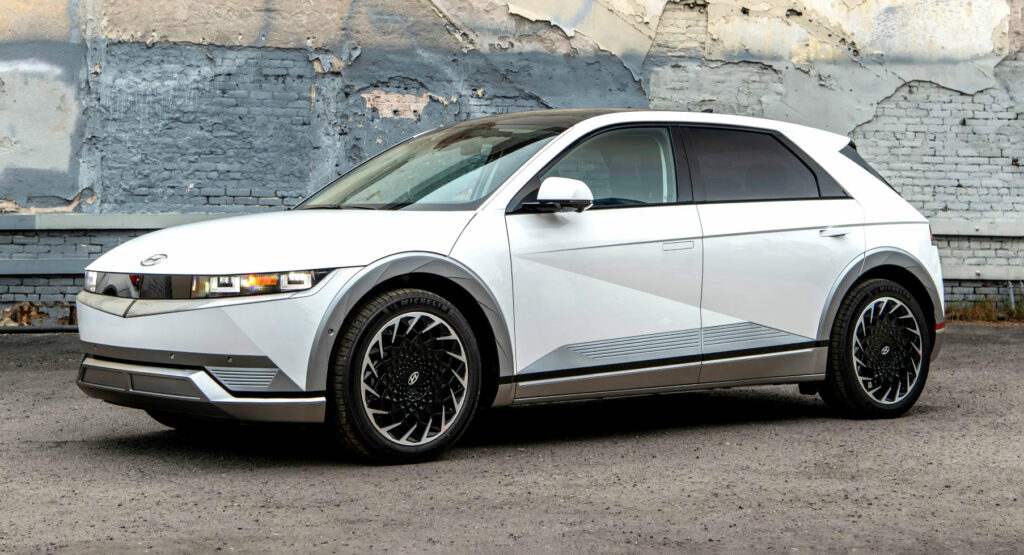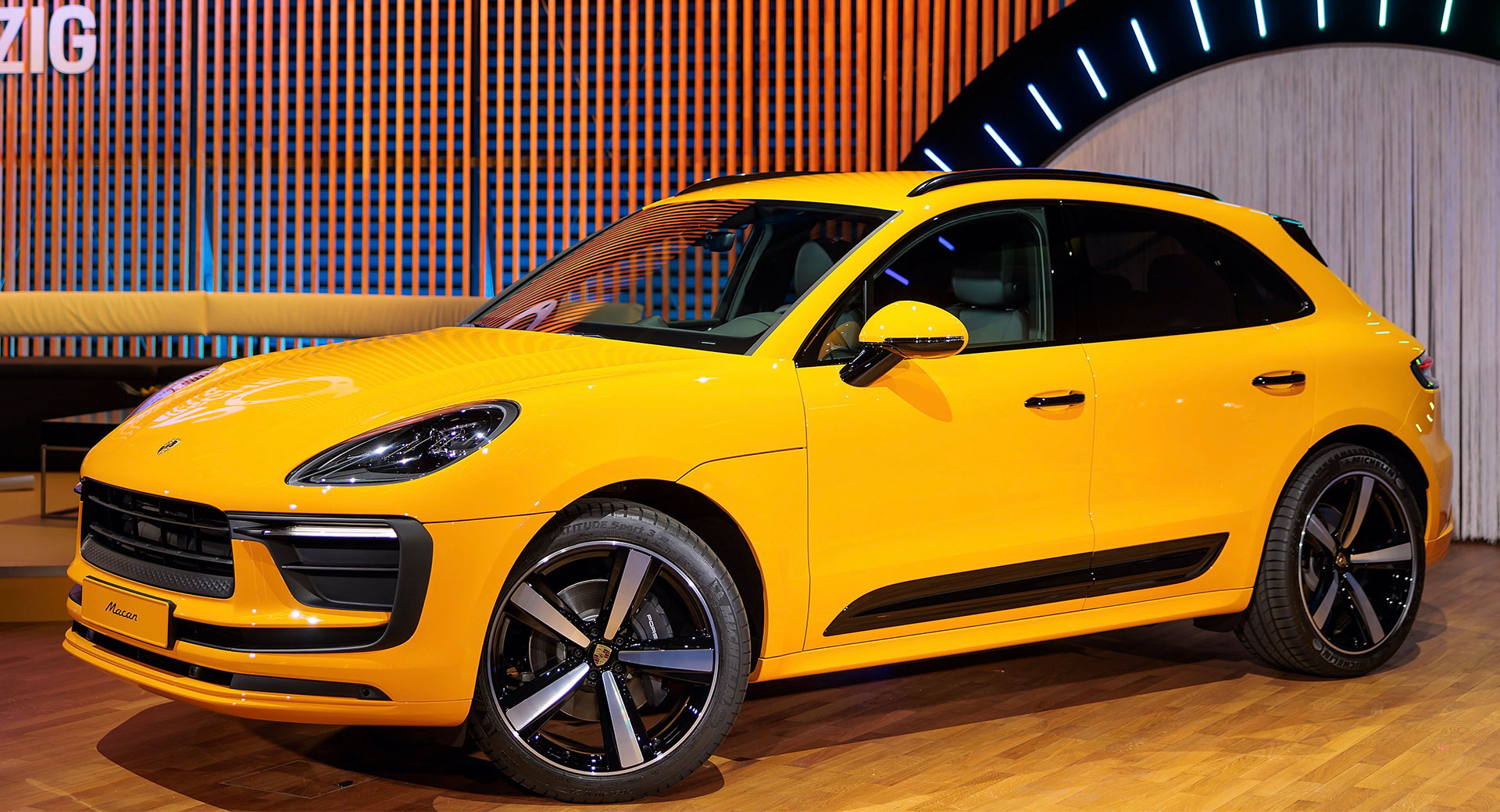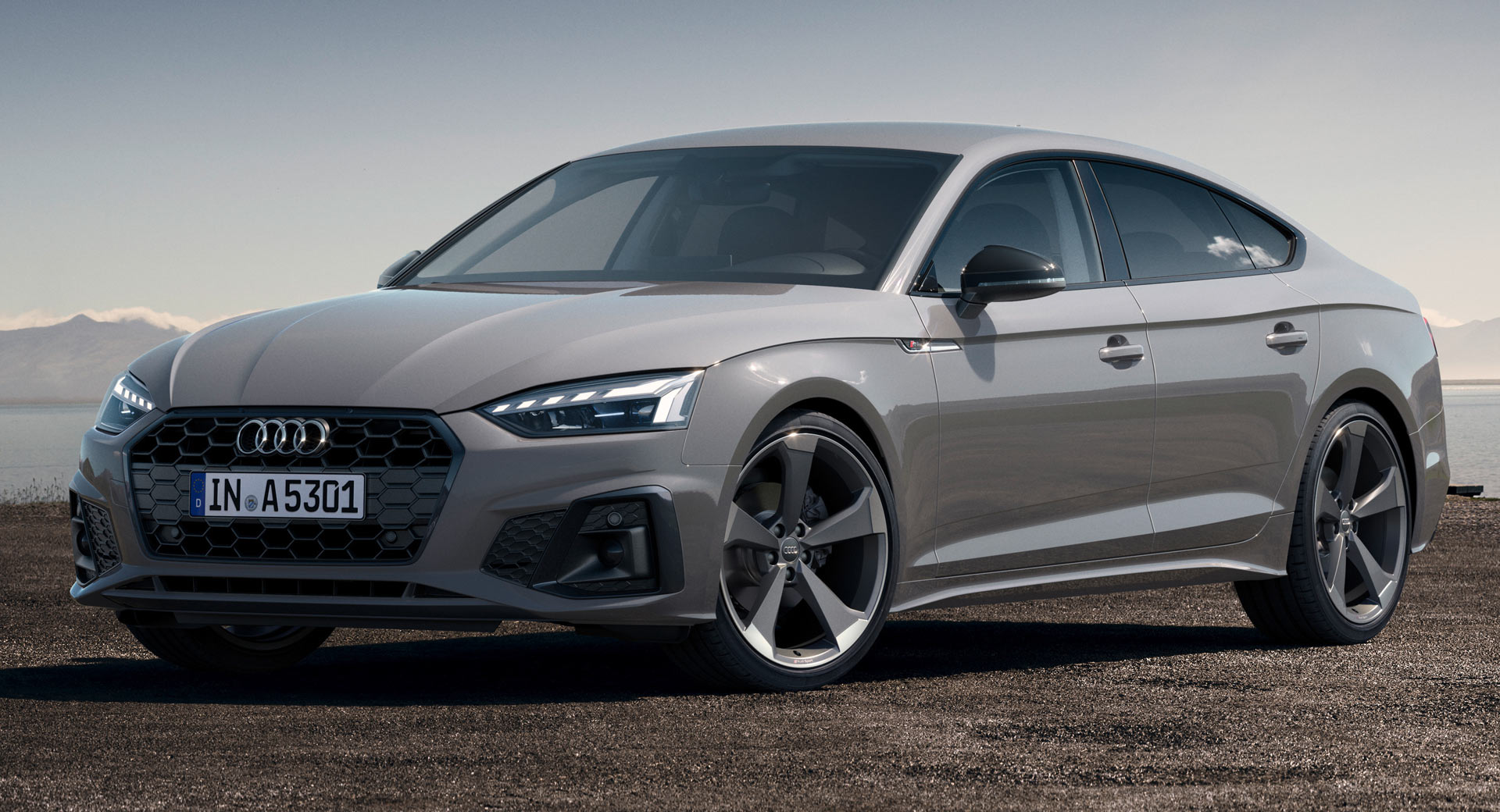Do you ever find yourself finally trying something after years of claiming you wouldn’t like it only to find the reality isn’t so bad? Plant-based burgers have convinced millions of carnivores that going meat-free needn’t be less tasty or satisfying, and the dual-clutch transmission has persuaded confirmed haters of automatic transmissions that you can still enjoy driving without a clutch pedal.
North American drivers hardly needed the help of DCT gearboxes to learn to embrace two-pedal driving because automatics have been the more popular choice on the continent for decades. But it’s only relatively recently that America has learned to love the hatchback on a national scale, and that’s down to the crossover, with a little help from four-door coupes.
It’s not like America has never bought – or built – hatchbacks before. The Volkswagen Golf, Honda Civic and Toyota Corolla have been a regular fixture in U.S. showrooms since the mid 1970s, but even before that Detroit was building its own two-door hatchback cars like the Ford Pinto and Chevrolet Vega (whose crapness probably didn’t help the hatchback’s cause).
And of course wagons have been around for decades, turning sedan buyers on to the joys of a liftback rear hatch that is so much more useful than a sedan trunk, wagons largely handing over that role to the SUV in the last 30 years. The liftback concept also snuck into American’s lives in the form of sporty two-door coupes like the MGB GT, 1974-on Ford Mustang, Datsun Z, Toyota Celica, Chevrolet Camaro, Dodge Daytona, Mitsubishi Eclipse and many others from the 1970s through to the 2000s.
Related: The 2023 Toyota Crown Is A Quirky, Crossover-ish Sedan That’s Replacing The Avalon
But while a square-back wagon, a sports coupe and an SUV can justifiably claim that having a liftback doesn’t necessarily make them a hatchback, I’m not so sure modern crossovers and four-door coupes have the same defense.
A modern crossover like the Hyundai Ioniq 5 or Mazda CX-30 is essentially just a hatchback that’s been cleverly repackaged to convince the public it’s something more exotic. Sure, a crossover is a little taller, has a smidge more headroom, and might offer a touch more off-road ability, but many don’t because they’re often front-wheel drive (just like a traditional hatchback), and even those that do almost never have their off-highway chops tested by their urban-dwelling owners.
As for modern four-door coupes like the Audi A5 Sportback, well they’re just hatchbacks that aren’t as practical as the real thing. Strip away the added sparkle and marketing hype and you’re looking at the same basic large hatchback shapes seen on regular non-premium family cars like the Opel Vectra and Renault Laguna that dominated European sales charts when America was still firmly in love with the sedan.
Traditional hatchbacks are now relatively niche players outside of the economy car or hot hatch sectors, but between them, four-door coupes and crossovers have managed to bring the four-door hatchback format center-stage on the American market and make it America’s default body shape – even if most of the Americans driving them haven’t yet made the same connection.










